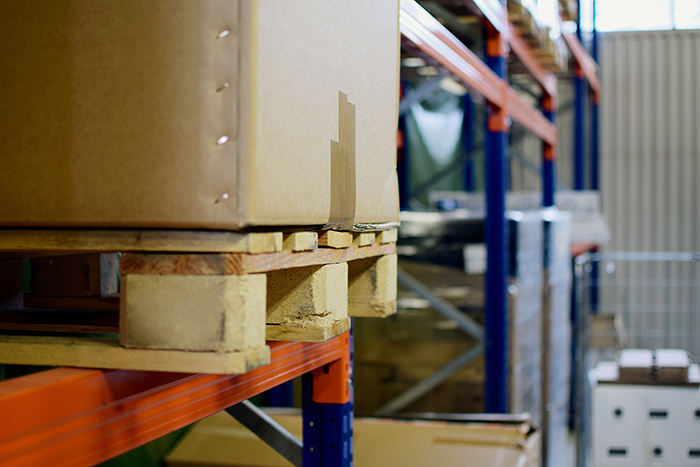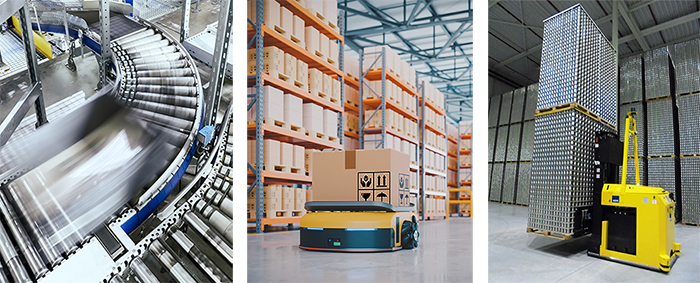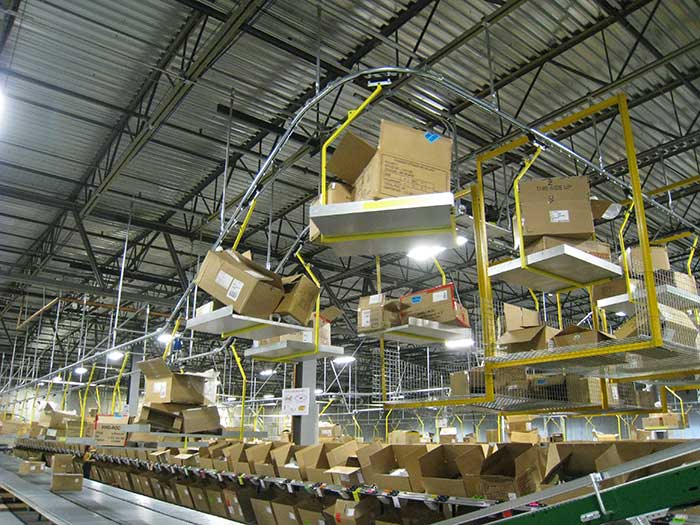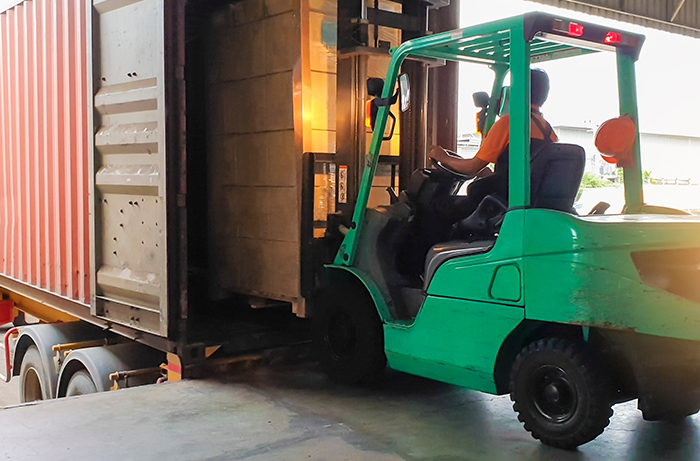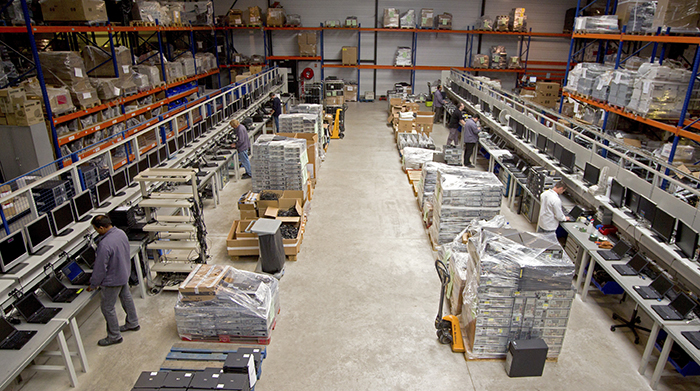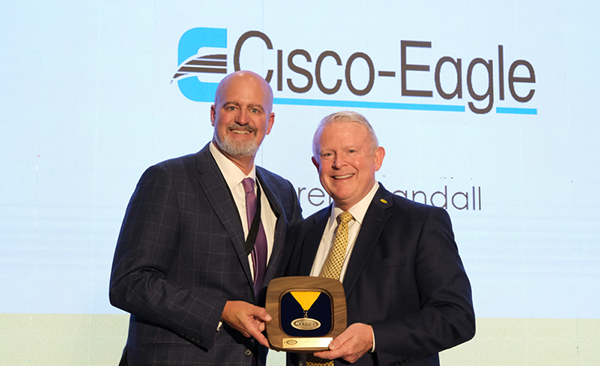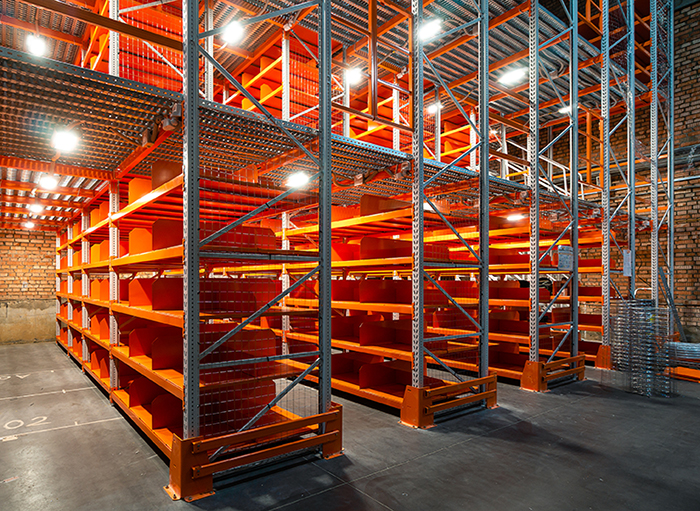
The type of AGV and the way it navigates are two huge considerations in any automated material transport project. Vehicle type dictates functionality, interface and payload factors, but navigation is critical to overall performance. After all, AGVs travel; that’s their primary role. The way they do wind their way through rack aisles, across dock areas, near work cells, around conveyors and throughout the warehouse can make or break a project. The options range from simple methods like tape guidance to highly-automated laser and contour systems.





